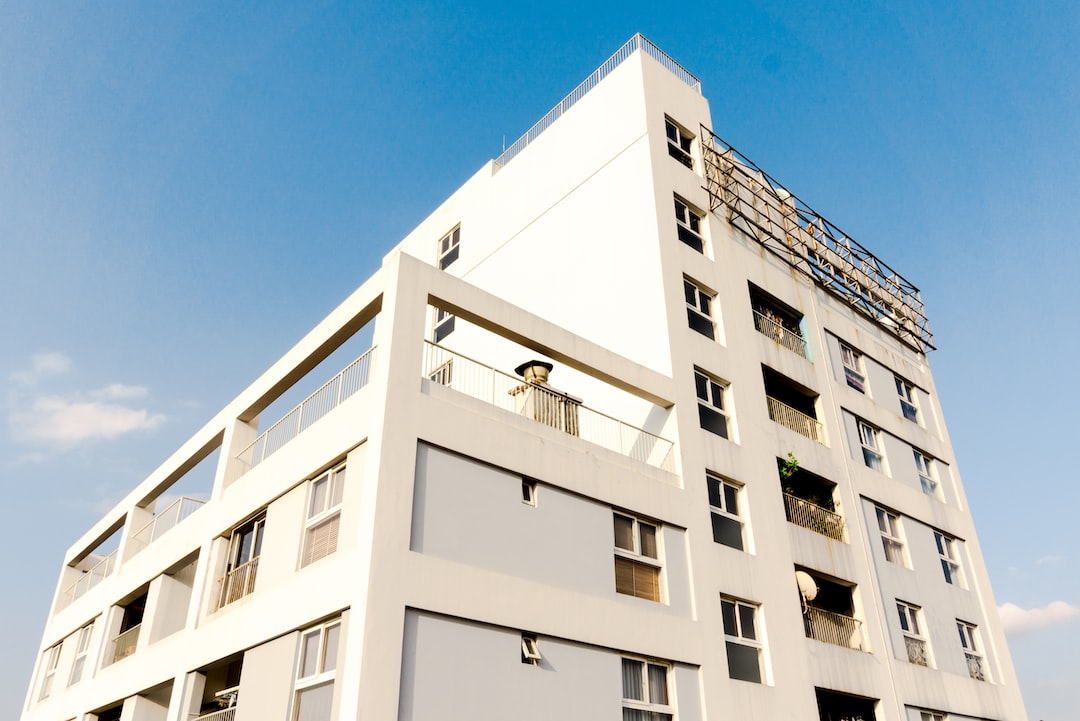The Future of Property: Exploring Smart Homes and Sustainable Design
In the age of advancing technology and the growing concern for sustainable living, the future of property is heading towards a revolutionary shift. Smart homes and sustainable designs are emerging as the new norm, promising a more efficient and environmentally friendly way of living.
Smart homes, often referred to as the home of the future, are equipped with intelligent systems that enhance the quality of life for its residents. These homes are designed to be interconnected, allowing residents to control various aspects of their living space through automated systems. From lighting and temperature to security and entertainment, everything can be controlled with a touch of a button or a simple voice command.
The benefits of smart homes are extensive. Energy efficiency is a key advantage, as these homes are built to optimize energy consumption. Automated lighting systems adjust according to natural daylight, reducing unnecessary electricity use. Smart thermostats learn about residents’ preferences, adjusting temperatures accordingly and saving energy in the process. Appliances and devices are connected to a network, allowing residents to monitor and control their energy usage effortlessly.
Moreover, smart homes contribute to increased comfort and convenience. Imagine arriving home after a long day at work, and your home welcomes you with specific lighting, music, and temperature settings personalized to your preferences. With voice-activated assistants like Amazon Alexa or Google Assistant, you can effortlessly control your smart home, leaving you with more time to enjoy the things that matter most.
Sustainable design, on the other hand, focuses on creating environmentally conscious living spaces. It involves incorporating materials, technologies, and practices that reduce the negative impact on the planet. Sustainable buildings are designed to use fewer resources, produce clean energy, and promote healthier living conditions for residents.
Sustainable design principles can be applied to all stages of a building’s lifecycle, from construction to operation. Building materials play a crucial role in reducing carbon emissions; using recycled and locally sourced materials helps alleviate the strain on natural resources and minimizes carbon footprints. Incorporating renewable energy sources such as solar or wind power significantly reduces reliance on fossil fuels.
In addition, sustainable design principles emphasize the importance of indoor air quality, natural lighting, and energy-efficient systems. Well-insulated homes minimize heat loss during winter and reduce the need for excessive air conditioning during summer. Efficient plumbing fixtures and water-saving technologies conserve water, alleviating strain on scarce resources.
The future of property lies in the integration of both smart homes and sustainable design principles. By combining the advantages of both concepts, homeowners can achieve maximum efficiency and minimize their environmental impact.
Smart homes equipped with sustainable design features allow residents to monitor and control their home’s energy consumption in real-time. With data analytics and feedback mechanisms, homeowners can gain insights into their energy usage patterns, making informed decisions on how to optimize their living spaces.
Imagine a future where homeowners can track their solar panel’s energy output, adjust their usage through smart appliances, and even sell excess energy back to the grid. The possibilities are endless, and this interconnectedness will undoubtedly shape the way we live in the future.
In conclusion, the future of property is undoubtedly heading towards smart homes and sustainable design. These concepts promise a more efficient, comfortable, and environmentally friendly way of living. The integration of intelligent systems will transform our homes into energy-saving havens, while sustainable design principles will ensure we leave a positive impact on the planet. As technology continues to advance, it is crucial that we embrace these innovative concepts to foster a sustainable future for generations to come.

